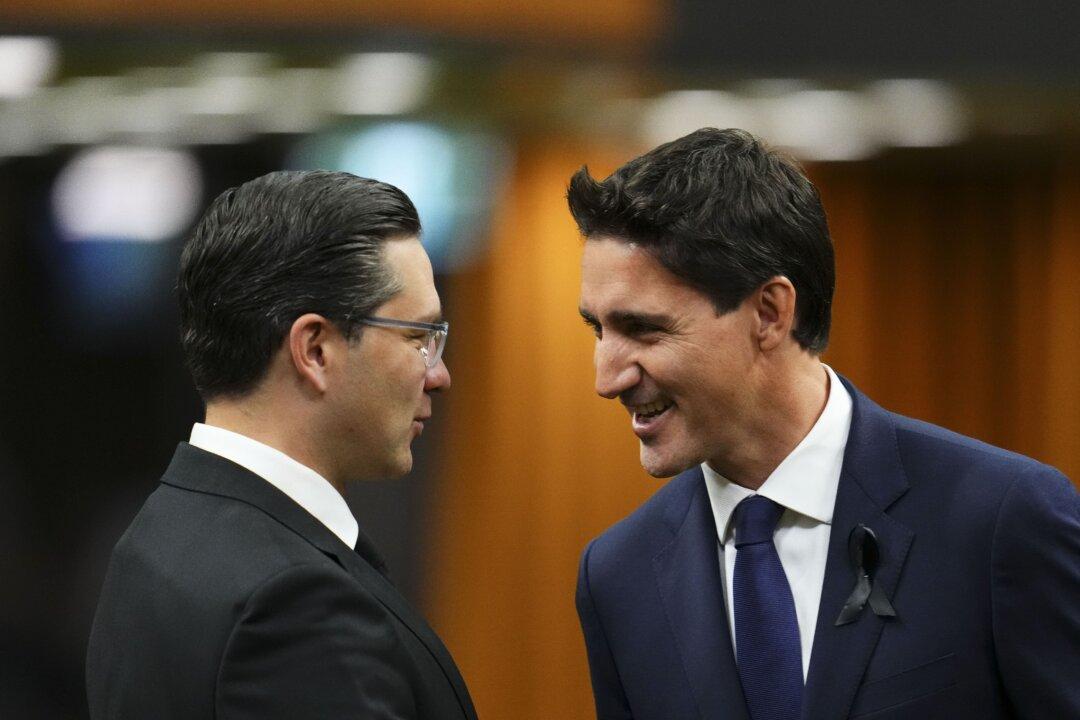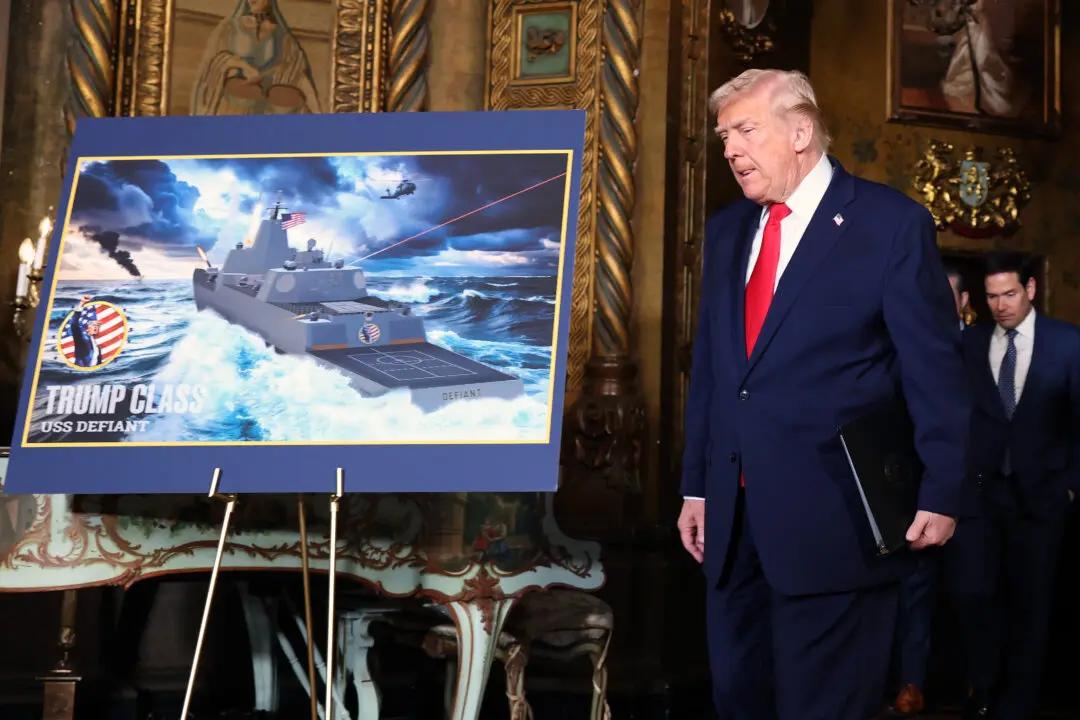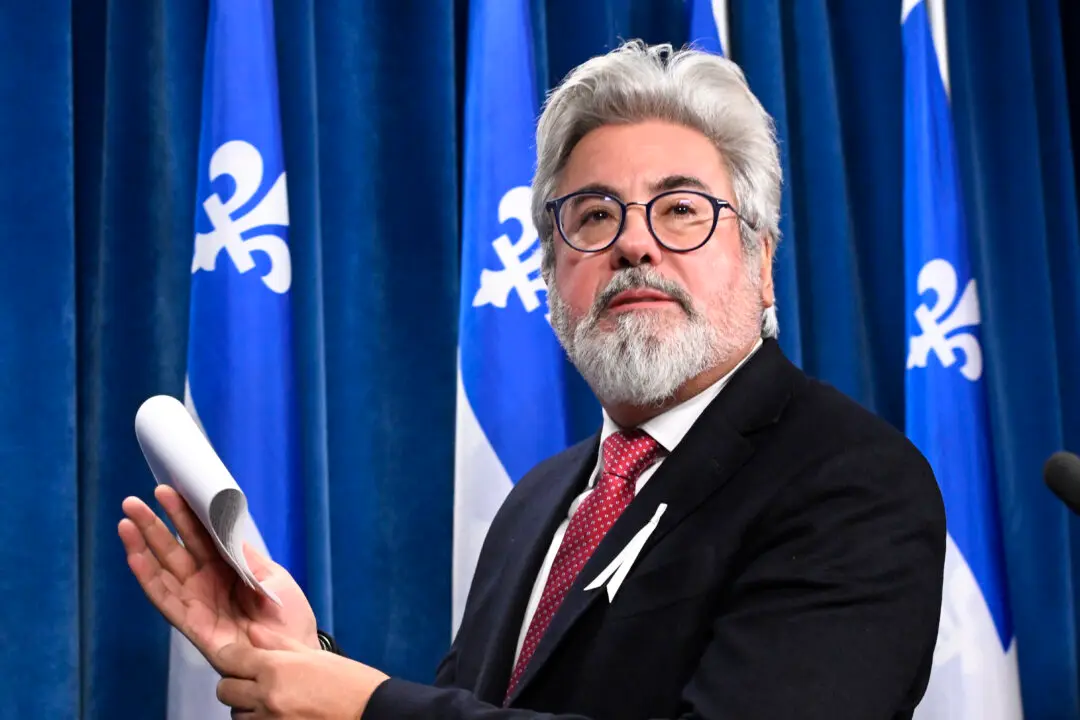“Supply, supply, supply” has been the mantra of both Liberals and Conservatives to address the housing crisis. However, both have now begun to talk more openly about the impact immigration is having on the demand side of the equation.
While the Liberals have remained publicly committed to their regular immigration targets, they’ve recently admitted that temporary forms of immigration, especially those pertaining to international students, are “out of control.”





